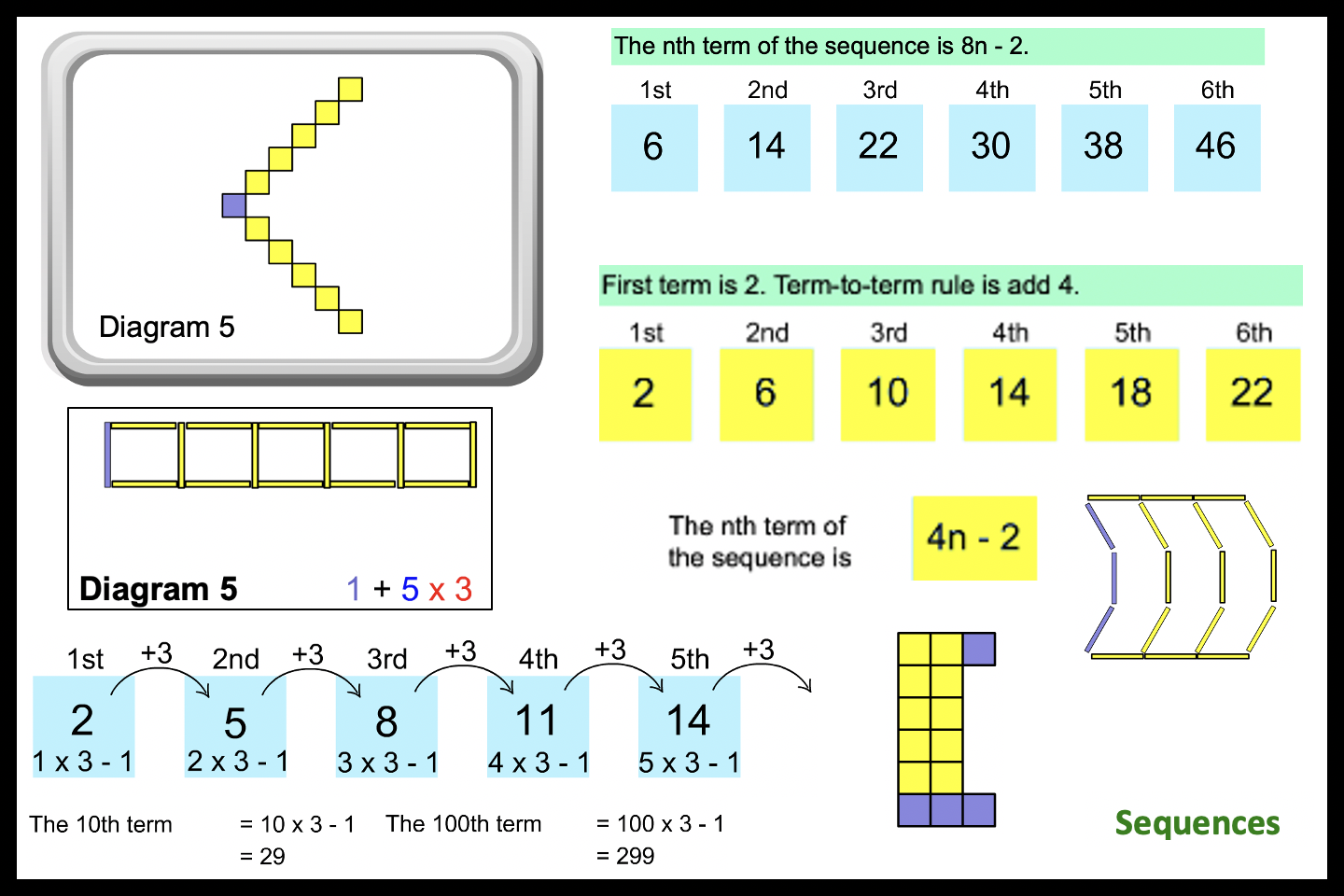
There are many number sequences, but the arithmetic sequence and geometric sequence are the most commonly used ones. The pattern of the sequence is, therefore, the addition of 8 to the preceding term. Identify the pattern of the sequence by finding the difference between two consecutive terms. What is the value of n in the following number sequence? The missing terms are therefore: 8 + 4 = 12 and 16 + 4 = 20 You can notice that the corresponding number is obtained by adding 4 to the preceding number. Three consecutive numbers, 24, 28, and 32, are examined to find this sequence pattern, and the rule obtained. The consecutive number is obtained by adding 3 to the preceding integer.įind the missing terms in the following sequence: The other list is a sequence because there is a proper order of obtaining the preceding number. The first list of numbers does not make a sequence because the numbers lack proper order or pattern. For this case, it is important to learn and practice number sequence. By learning and excising number sequence, an individual can sharpen their numerical reasoning capability, which helps our daily activities such as calculating taxes, loans, or doing business. Logic numerical problems generally consist of one or two missing numbers and 4 or more visible terms.įor this case, a test designer produces a sequence in which the only one fits the number. A sequence that continues indefinitely without terminating is an infinite sequence, whereas a sequence with an end is known as a finite sequence. Well for an arithmeticĪmount regardless of what our index is.Number sequence is a progression or an ordered list of numbers governed by a pattern or rule. That we're adding based on what our index is. So this looks close,īut notice here we're changing the amount
#Sequences math question plus#
Previous term plus whatever your index is. Or greater, a sub n is going to be equal to what? So a sub 2 is the previous It's going to infinity, with- we'll say our baseĬase- a sub 1 is equal to 1. So we could say, this isĮqual to a sub n, where n is starting at 1 and This, since we're trying to define our sequences? Let's say we wanted toĭefine it recursively. So this, first of all,Īrithmetic sequence. We're adding a differentĪmount every time. Giveaway that this is not an arithmetic sequence. Is is this one right over here an arithmetic sequence? Well, let's check it out. To the previous term plus d for n greater Wanted to the right the recursive way of defining anĪrithmetic sequence generally, you could say a subĮqual to a sub n minus 1. And in this case, k is negativeĥ, and in this case, k is 100. That's how much you'reĪdding by each time. So this is one way to defineĪn arithmetic sequence. Number, or decrementing by- times n minus 1. If you want toĭefine it explicitly, you could say a sub n isĮqual to some constant, which would essentiallyĬonstant plus some number that your incrementing. Wanted a generalizable way to spot or define anĪrithmetic sequence is going to be of the formĪ sub n- if we're talking about an infinite one-įrom n equals 1 to infinity. Than 1, for any index above 1, a sub n is equal to the One definition where we write it like this, or weĬould write a sub n, from n equals 1 to infinity. To define it explicitly, is equal to 100 plus Of- and we could just say a sub n, if we want

Is the sequence a sub n, n going from 1 to infinity So this is indeed anĬlear, this is one, and this is one right over here. Is this one arithmetic? Well, we're going from 100. The arithmetic sequence that we have here. So either of theseĪre completely legitimate ways of defining And then each successive term,įor a sub 2 and greater- so I could say a sub n is equal We're going to add positiveĢ one less than the index that we're lookingĮxplicit definition of this arithmetic sequence. So for the secondįrom our base term, we added 2 three times. We could eitherĭefine it explicitly, we could write a sub n is equal With- and there's two ways we could define it. So this is clearly anĪrithmetic sequence. Then to go from negativeġ to 1, you had to add 2. These are arithmetic sequences? Well let's look at thisįirst one right over here. Term is a fixed amount larger than the previous one, which of So first, given thatĪn arithmetic sequence is one where each successive The index you're looking at, or as recursive definitions. And then just so thatĮither as explicit functions of the term you're looking for, Out which of these sequences are arithmetic sequences. Term is a fixed number larger than the term before it. Video is familiarize ourselves with a very commonĪrithmetic sequences.


 0 kommentar(er)
0 kommentar(er)
